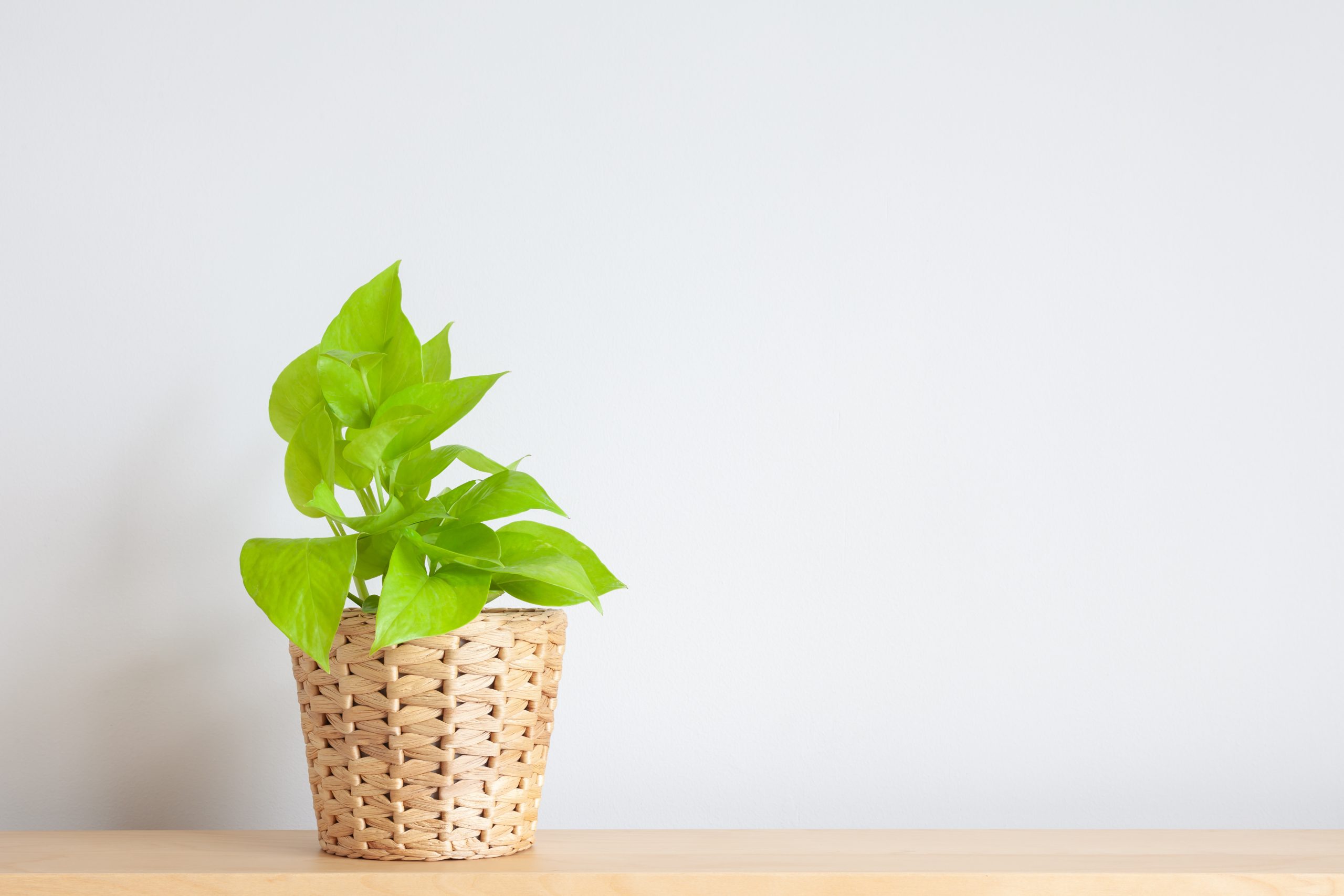Author Jonathan Bloom offers fresh thinking on how to reduce food waste.
Diane Daniel | October 2010 issue

Just as Jonathan Bloom and I settle in to talk, a piece of freshly baked chocolate cookie falls out of my hand and onto the floor.
We’re sitting on the outside deck at Foster’s Market, an upscale down-home deli and retail shop in Durham, North Carolina, where Bloom lives.
“I’m eating that!” I declare, bending to scoop it up within seconds of its landing.
“That is what always happens to me,” says Bloom, author of the recently released treatise on food waste, American Wasteland, published by Da Capo. “People feel guilty around me. They always feel the need to explain or apologize.”
I have to convince Bloom that his presence has no bearing on my retrieval of dropped food—especially anything chocolate. But it isn’t hard to see how I might feel the need to stay on guard. The book’s subtitle, after all, is How America Throws Away Nearly Half of Its Food (and What We Can Do About It).
“If I’m at dinner and people don’t clean their plates, they’re looking at me to see if I noticed,” says Bloom, a tall, lanky and freshly scrubbed 33-year-old. “Chances are I do notice, because I’m obsessed with food. But, really, I’m not the food police.”
Wasteful consumers are but some of the culprits at whom Bloom points a finger. Farms, supermarkets, the food-service industry and government all play a role. All told, America is one gargantuan waste machine, trashing between a quarter and a half of the 590 billion pounds of food grown and raised here yearly. Given the enormous popularity of cooking and eating (if the proliferation of TV shows featuring celebrity chefs is anything to go by) and the easy availability of even the most exotic cuisine, it’s ironic—as well as tragic—that so much food goes to waste. But there’s a lot we can do, individually and communally, to ensure we make the most of our meals.
While food waste is not solely an American problem, the country is a leading perpetrator. To put the problem into perspective, Bloom points out that the country squanders enough food every day to fill the Rose Bowl, the 90,000-seat football stadium in Pasadena, California. And that’s using the conservative estimate of 160 billion pounds of wasted food a year; the higher estimate would fill it twice over.
In the recent past (waste has grown 50 percent since the mid-1970s), food waste mostly translated into ethics or economics, handed down by our parents and grandparents. “Clean your plate; children in China are starving,” we were told, or “When I was your age, we went to bed hungry.”
While hunger remains a factor, albeit not always a direct one, other consequences of food waste have more recently come to the fore, especially the environmental and energy costs. Landfills encroach on open space and ooze methane gas, a contributor to climate change. Food scraps take up 18 percent of American landfills, second only to paper. On the energy front, billions of barrels of oil are consumed in producing, processing and transporting food; when that food is wasted, the oil is wasted, too. You would think an issue with all these ramifications, one as big as a football stadium, would be more exactingly quantified, but that’s yet another problem.
The most recent report on the topic from the U.S. Department of Agriculture (USDA) was in 1997, using research from 1995. A long-awaited update is due out by the end of this year, says USDA economist Jean Buzby, who is not at liberty even to hint at its findings. The existing report, which addresses “food loss” from retail outlets and consumers, not from farms, says 5.4 billion pounds of food were lost at the retail level, mostly supermarkets. Another whopping 91 billion pounds were lost in restaurants, institutional cafeterias and right in Americans’ homes, putting a heaping serving of responsibility on us.
A recent National Institutes of Health (NIH) waste study, from last year, didn’t start out to be a food study at all, but an examination of increased food intake and the rise in obesity, explains Kevin Hall, the study’s lead scientist. Hall and his team discovered that if Americans were eating the increased supply of food, they’d be a lot fatter than they already are. From there, the scientists determined that Americans waste at least 40 percent of all edible food raised, grown, bought or sold in the country. “We tied our study to environmental concerns,” says Hall of the report.
Crunching numbers, researchers concluded that 300 million barrels of oil a year—4 percent of all oil consumed in America—was used to produce and transport food that wasn’t eaten. They also saw that food waste accounts for over a quarter of the consumption of freshwater. Another study, published this past summer by the University of Texas at Austin, says that each year more energy is wasted in food discarded by Americans than is extracted from U.S. coastal oil and gas reserves.

Bloom’s interest in food waste came not from hearing about these overwhelming losses but during a visit five years ago to D.C. Central Kitchen, which turns some 3,000 pounds of surplus food a day into 4,500 meals for the hungry in the nation’s capital.
“I was between two years of graduate school [in journalism] and doing an internship at Bloomberg News and they had a volunteer day at the Kitchen,” Bloom recalls. “While I was stirring this huge amount of pasta with an oar, I had time to look around and see what was going on. The quantity and quality of food was really staggering, and most of it was stuff that would have been thrown out if the place hadn’t existed. It combined everything I cared about—food, the environment, economics.”
By the time Bloom returned to the University of North Carolina at Chapel Hill to finish his master’s degree, his obsession with food waste had taken off. But he learned his first lessons on the topic, he says, during his frugal upbringing in Wellesley, Massachusetts, a Boston suburb.
“Almost everyone has a story to tell about their grandmas going to extremes to avoid wasting food,” he says. “The interesting part is that this behavior, which used to be normal in our grandparents’ day, is now exceptional.”
Bloom, whose parents still live in his childhood home, a Victorian built in the 1890s, not long ago learned from his father that the house came equipped with an early recycling feature: an in-ground slop bucket with a lid operated by a foot pedal, where people would leave food scraps for the pig farmer to collect. “I never knew what that thing was,” says Bloom. “To us, it was just an obstacle when we’d be playing basketball in the driveway.”
In 2006, Bloom, who stayed in North Carolina after graduating, started the advocacy blog wastedfood.com, all the while doing on-the-ground research. He worked at a chain supermarket, a McDonald’s, an organic farm and a catering company, as well as volunteering at a community kitchen and with the Society of St. Andrew, a non-profit group that organizes farm gleaning, or harvesting and donating crops that would otherwise be turned back into the soil. Bloom now supervises gleaning projects for St. Andrew and assists a Durham food recovery project that takes donated leftovers from the local farmers’ market.
“On medium and large farms, when prices are so low that it doesn’t justify harvesting something, or if the produce doesn’t look as good or as big as it needs to for the supermarket, they just plow it under,” Bloom says. “At least the nutrients are going back to the soil.”
“Food beauty” is something that particularly galls Bloom. “We expect each item of food to look perfect. There’s a winnowing process starting on the farm, off the trucks, at the supermarket. We need to get back to how food tastes.”
This point was driven home during his stint at a chain supermarket in Chapel Hill that caters to low- and middle-income shoppers. “The amount we threw out was really eye-opening,” Bloom says. “I was expecting a bruised apple here, a blemished avocado there, but it was more like cratefuls. They used to have a sale produce rack for older or blemished produce, but they got rid of it because they didn’t want anything that wasn’t the epitome of fresh.”
Like all opponents of food waste, Bloom takes issue with “sell by,” “use by” and “best by” dates on produce and processed foods, which even the USDA concedes are approximate and often refer to quality and not safety. Markets toss food after those dates, and sometimes just before.
In the food service industry, Bloom points to chain restaurants with big menus, along with salad bars and buffets, as waste makers. “Buffets, ugh; they’re painful,” he says. “In the U.S., if food is served by someone else, it can be donated. But if it’s self serve, you can’t. Buffets are a killer.”
And caterers? Don’t get him started. “The rule is you make 15 to 20 percent more food than the number of people, so you’ll never run out of food.”

All this talk about food service makes me wonder about the practices at Foster’s, a regular stop for Bloom. The next day I call Foster’s and speak to general manager Patrick Edwards, who has been with the restaurant 14 of its 20 years. Food that doesn’t sell is donated daily to a shelter-run community kitchen, and a local woman picks up composted matter, including buckets of coffee grinds. “Most of the veggies and stuff, we make stock out of that,” Edwards says. “It has just kind of evolved; it’s a lot different from when I started here.”
Compared to all the institutional forces, it’s hard to believe that individuals contribute greatly to the waste stream, but every study says we do. Bloom, through his own number crunching, deducted that each American wastes an average of 197 pounds of food a year.
The reasons are varied, Bloom says, and include bulk purchasing and bigger refrigerators. But the main cause is likely price. Food is a cheap commodity. Americans on average spend less than 7 percent of their disposable incomes on food, the lowest percentage of any country.
His at-home solutions are so simple they seem laughable, but they work, he says. Shop from a list tied to meals, beware of bulk, save your leftovers, eat your leftovers and, if all else fails, compost the rest.
Now about the starving children in China, or across town. “We could easily feed every hungry citizen if we rescued a quarter of our waste,” Bloom says.
And so the question becomes: Is that possible? Yes, and no, he says. It would take radical changes in every facet of the food system, which would need to be overseen by a national food czar, sort of like the post Joel Berg once held under the Clinton administration. But Berg—now director of the New York City Coalition Against Hunger and author of All You Can Eat: How Hungry is America?—believes food recovery and redistribution can only fill in the gaps. “It’s not the long-term answer to hunger,” Berg says. “Increased wages, and the expansion of the safety net are: things like food stamps, school meals, housing, health coverage. The hungry need more buying power.”
Bloom points out that D.C. Central Kitchen, his source of inspiration, is a great example of a food-recovery system empowering the hungry through job-training programs. American Wasteland praises other forward thinking. For instance, “traylessness,” a term Bloom coined to describe the elimination of the cafeteria-line tray to reduce portions, has caught on at universities around the country. Waste-to-energy anaerobic digesters for uneaten food are slowly gaining traction. More landfills are banning or taxing food scraps. Facilities are starting to use food-waste tracking software to measure progress.
Bloom also heaps praise on the U.K. While the country lags far behind the U.S. in food recovery, it has tackled waste reduction “with gusto,” Bloom writes. Much of the work is carried out by WRAP, the Waste & Resources Action Programme, a private company backed by government funding. WRAP’s efforts include a marketing campaign called Love Food Hate Waste, which Bloom believes would work in the U.S. as well.
To that end, Bloom is starting his own public awareness campaign. Taking a page from the various Meat-Free Mondays, he’s launching Waste-Not Wednesday. “I’m asking people to not waste food one day a week,” he says. “If they can focus on it that one day, they’ll see it’s not that difficult to do on other days.”
Cookie droppers, prepare to pounce.
Diane Daniel never met a leftover she didn’t like.











